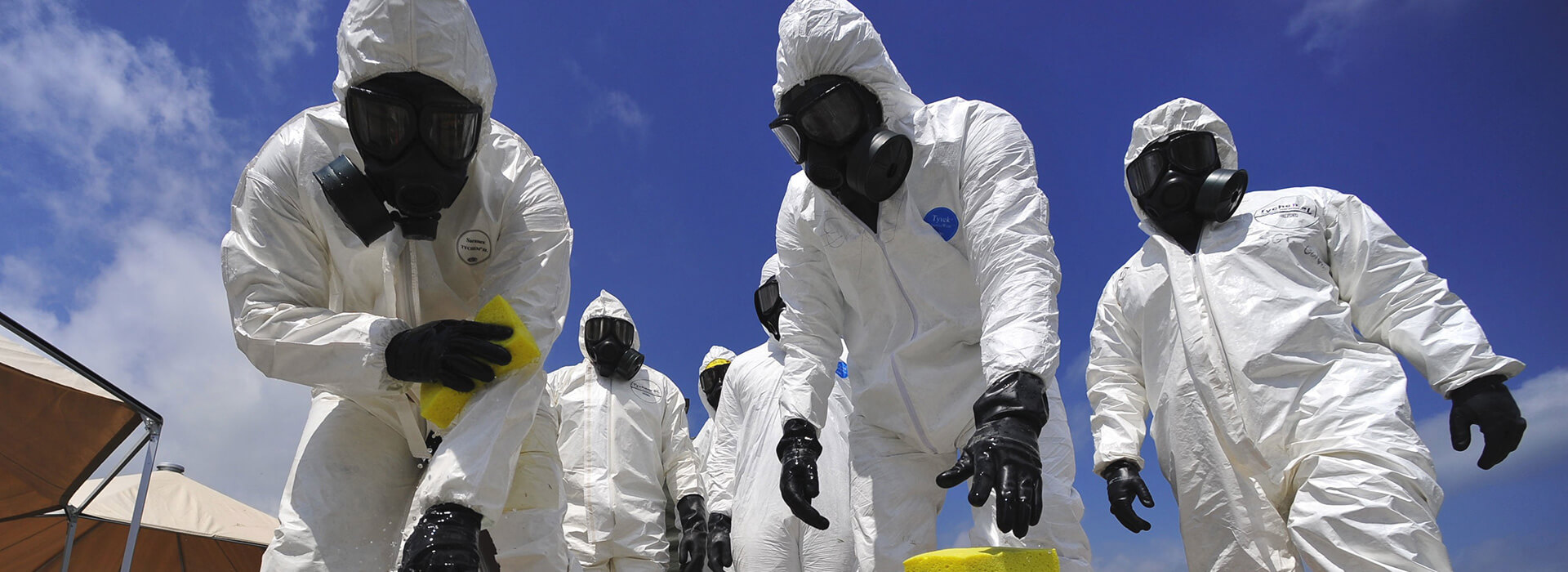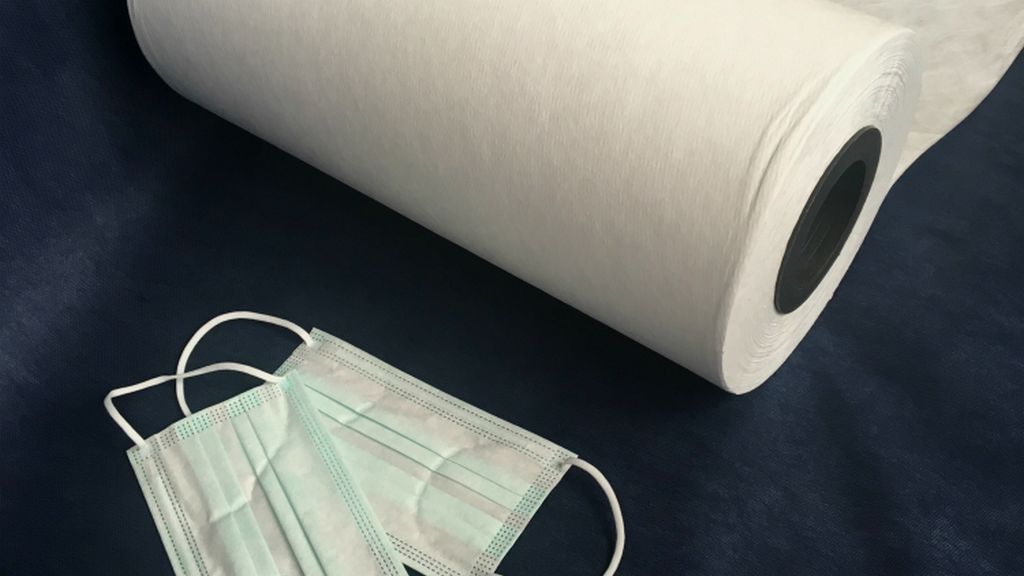

In the Meltblown fabric production technique, the gap of the melt blown fabric is quite large. However, the size of the viruses encountered in the COVID-19 outbreak is very small (about 100 nanometers, or 0,1 microns). However, the meltblown fabric used in masks produced using meltblown fabric has the power to filter the virus. Because the virus is not independent. The ways of transmission are usually through secretions and droplets that are released into the air while sneezing or coughing. These droplets are about 5 microns in size. A high performance meltblown fabric can filter particles of this size. Also, meltblown fabric filter is a kind of static fiber filter and dielectric material. It produces an electric field and shows electrostatic properties. Droplets containing viruses are also electrostatically adsorbed on the filter surface and cannot pass through the filter.

Meltblown filters effectively filter and adsorb microorganisms such as viruses, excessive dust and bacteria.
The EN14638 standard, which is a European standard, describes the production and performance requirements of surgical masks that aim to limit the transmission of infectious agents from personnel to patients and in some cases from patients to employees during surgical procedures in operating rooms and other medical settings with similar requirements.
This standard does not only apply to masks for personal protection of employees. The purpose of this standard is to standardize the information and performance data required for masks and to facilitate the selection of surgical face masks.
There are three test methods generally used to classify surgical masks:
The first of these, the in vitro bacterial filtration efficiency test, is used to determine the amount of infectious agent retained by the surgical face mask, which is directly related to the amount of bacteria released into the operating room air through the mask.
The ASTM F2100 standard, developed by the American Society for Testing and Materials (ASTM), describes classifications, performance requirements and test methods for materials used in the production of medical face masks used during various healthcare services such as surgery and patient care. The full name of this standard is as follows: ASTM F2100-19e1 Standard specification for the performance of materials used in medical face masks.
There are five basic performance requirements for medical face masks according to this standard: bacterial filtration efficiency, particle filtration efficiency, fluid resistance, pressure differential (Delta P) and flammability.
Our organization, among numerous tests, measurement, analysis and evaluation studies, with a trained and expert staff and advanced technological equipment, within the framework of national and international standards, to health institutions and manufacturers who demand bacterial filtration efficiency tests within the scope of meltblown fabric testing services. services.
To get an appointment, to get more detailed information or to request an evaluation, you can ask us to fill in our form and reach you.